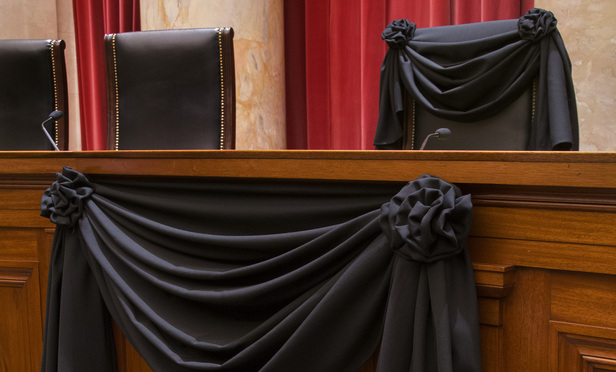Recent decisions have shown two paths that a U.S. Supreme Court case can take while one seat remains vacant. A 4-4 division is possible, as in the high-stakes union-fees case. But the justices can also search for a decision that a majority can support, even if they disagree on the dispositive reasoning.
Businesses and other repeat litigants that are used to a stable and relatively predictable Supreme Court should understand that the game has changed: Although cries that the court won’t be able to decide any major cases are overblown, this may be an era of “small ball” at the court.
This content has been archived. It is available through our partners, LexisNexis® and Bloomberg Law.
To view this content, please continue to their sites.
Not a Lexis Subscriber?
Subscribe Now
Not a Bloomberg Law Subscriber?
Subscribe Now
LexisNexis® and Bloomberg Law are third party online distributors of the broad collection of current and archived versions of ALM's legal news publications. LexisNexis® and Bloomberg Law customers are able to access and use ALM's content, including content from the National Law Journal, The American Lawyer, Legaltech News, The New York Law Journal, and Corporate Counsel, as well as other sources of legal information.
For questions call 1-877-256-2472 or contact us at [email protected]



